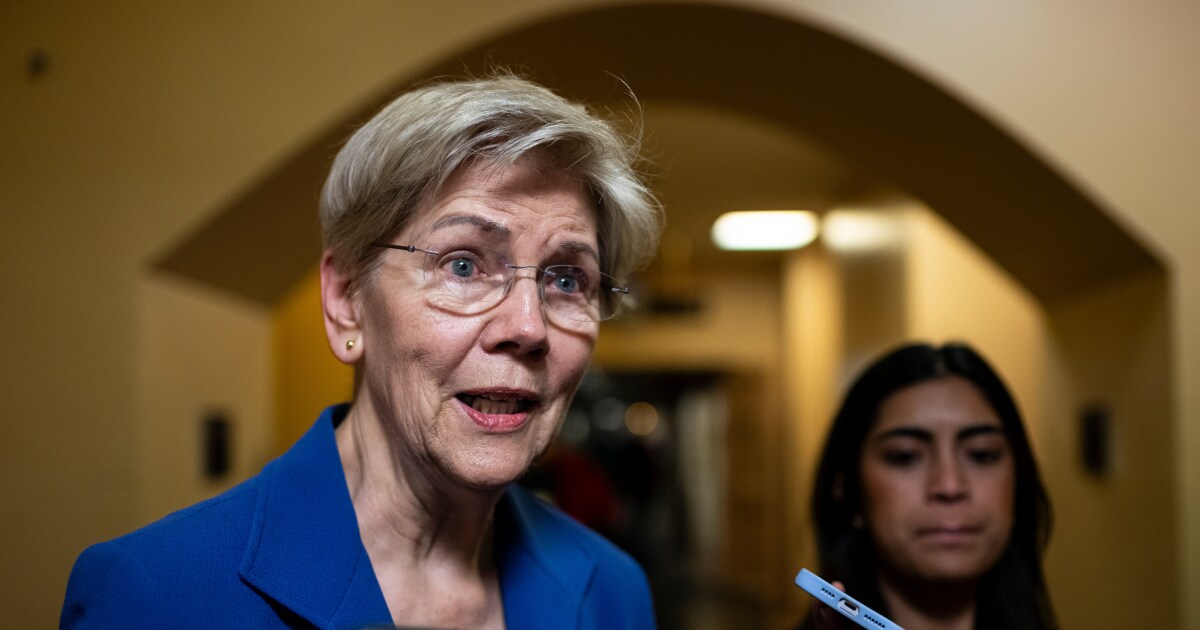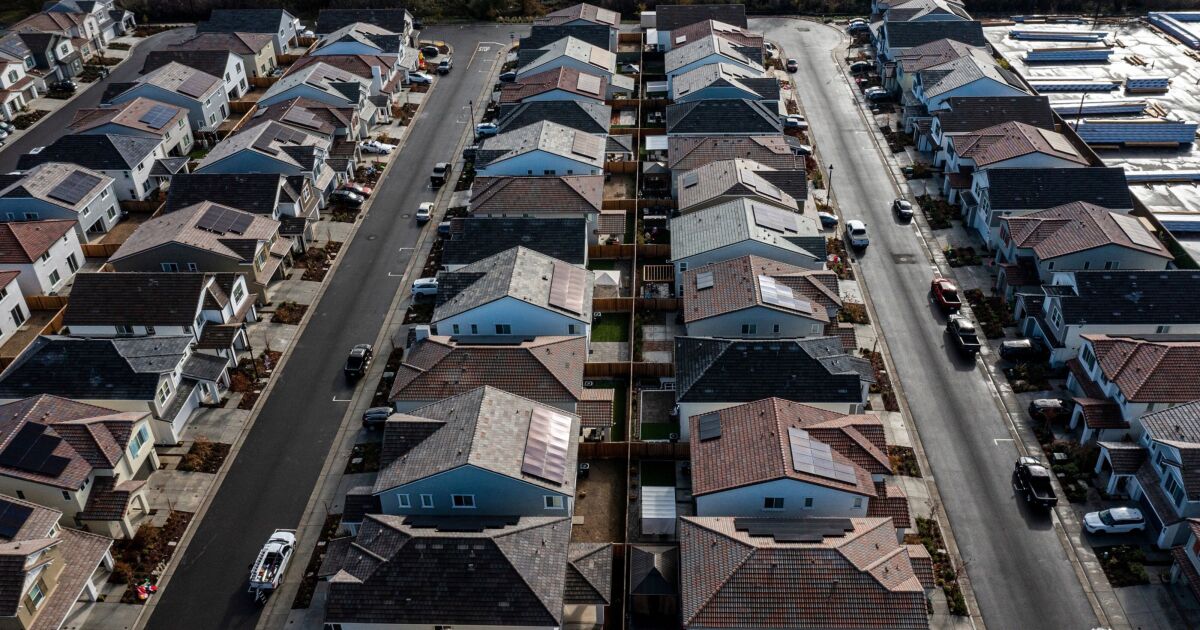
Default servicing experts have been optimistic that
When asked to distribute 100 points of risk among delinquency triggers, respondents to a recent Auction.com survey collectively assigned the greatest share of risk, at 37 points, to the "hidden" housing costs of
Home purchasers often are most focused on upfront price and financing costs when they buy, so they can sometimes overlook ongoing expenses like T&I. That's a concern for servicers, who often bear some responsibility for helping consumers manage these costs.
"Although the risk of rapidly rising delinquencies in the near term remains low, there are some signs of consumer and homeowner stress emerging," Daren Blomquist, vice president of market economics at Auction.com, said in a report on the second quarter survey.
The online real estate marketplace surveyed a group of experts from depositories, agencies, government-sponsored enterprises, nonbanks and asset owners/investors for the survey. Auction.com found the first two groups to be particularly concerned about T&I.
Banks, government agencies and GSEs assigned 40 points of risk to taxes and insurance, in contrast to nonbanks, 34; and asset owners/investors, 25.
In addition to T&I, other concerns survey respondents collectively ranked highly included delinquencies rising in consumer debts outside the home loan market, 32; followed by rising unemployment, 15; commercial mortgage defaults, 10; and falling home prices, 6.
While these findings show there are a number of active performance concerns in the market, other answers to the survey explain why most respondents expect them to be mild.
Their projections suggest unemployment, which was pegged at 4.1%
Over three-quarters of respondents expect home price gains to persist throughout 2024.
As a result, survey participants anticipate high home equity levels that support performance, with serious-delinquent loans having an average combined loan-to-value ratio of 65%.
(Lower CLTVs reflect higher equity levels, and the traditional tolerance for higher ratios at origination is a maximum of 80%; but there are many risk-management vehicles designed to accommodate lower down-payments and elevated ratios above that level.)
Equity levels may shift over time, but right now respondents expect more than half or 51% of loans in loss mitigation to return to performing status given where they stand, with some typical adjustments for different types of mortgages.
Expectations are that 58% of loans purchased by government-sponsored enterprises Fannie Mae and Freddie will return to performing status after going through loss mitigation, followed by a little less than half government insured products at 49%, and 34% for non-agency mortgages.
The survey pegs the average combined LTVs for the different product types as follows: Fannie and Freddie loans, 58%; government insured mortgages, 49%; and non-agency products, 74%.
Around two-thirds or 67% of all respondents
More than half of the total, or 57%, anticipate foreclosures will increase 1% to 4% for their companies. Only 10% of the total project a foreclosure increase of 5% to 9%, with another 10% forecasting a drop of 5% or more. The rest of respondents anticipate foreclosures will either remain stable or decline by no more than 4%.
Survey participants in the non-agency market were unified in expectations that foreclosures will rise, with two-thirds anticipating an increase in the 1% to 4% range, and others anticipating a jump of 5% to 9%.



